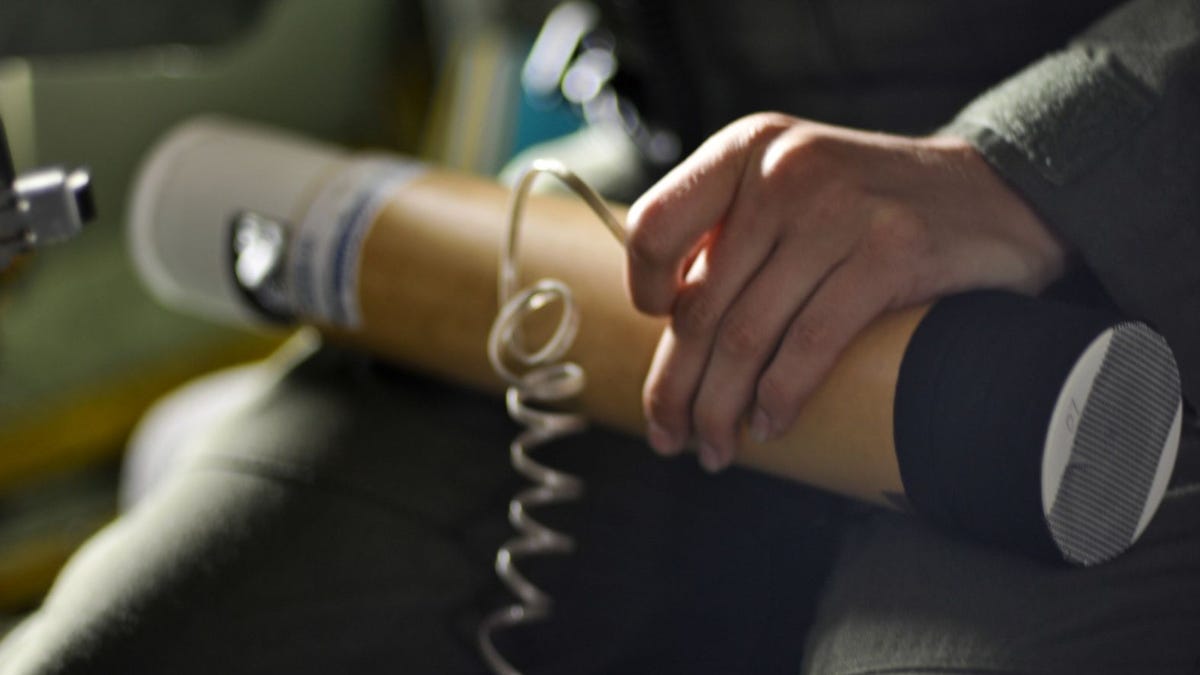Photos: Tools of the Hurricane Hunters
The Air Force unit sends its crews directly into the eye of storms like Ike to get crucial information on just exactly how fast and furious the storms really are.

As Hurricane Ike descended upon the upper Texas coastline late last week, it was business as usual for the Hurricane Hunters of the U.S. Air Force.
Aircraft and crews of the 53rd Weather Reconnaissance Squadron were flying nonstop in and out of the most violent parts of Ike on their standard mission--getting data on hurricanes from the inside. That information can help improve the accuracy of National Hurricane Center forecasts and alerts by some 30 percent, no small matter at all in trying to prepare public authorities and the general public for what to expect.
The Hurricane Hunters fly the latest model of the venerable C-130 aircraft, the J version. Where the basic design of the boxy propeller-driven transport hasn't changed much in a half-century, the C-130J (price tag: in the mid-$60 million range) is built with a glass cockpit, meaning that it's equipped from the start with digital screens rather than analog gauges, including the clear head-up display directly in the pilot's and co-pilot's line of sight. The J models also sport improvements including GPS and inertial navigation system technology and low-power color radar.
The ten WC-103J planes of the Hurricane Hunters also carry some high-tech-enabled tools for sussing out the strength and travel plans of any given storm. On the wings you'll find "smurfs"--no, not little blue elvin creatures out of some remake of Twilight Zone: The Movie. The cutesy term refers instead to the more seriously named Stepped-Frequency Microwave Radiometer, a 2-foot-long pod that provides a constant reading on the microwave radiation coming off the foam atop storm-driven waves, which helps weather forecasters better determine wind speed. (Smurfs on the WC-130J aircraft also measure rainfall rates.)
The dropsonde, meanwhile, lives up to its name. Hurricane Hunter crews--all of them Reservists--drop one of the 16-inch tubes every 400 miles to get a vertical reading on a given point in the storm. Riding downward under a small parachute, each dropsonde records temperature, barometric pressure, humidity, and wind speed, and relays that information via GPS to the aircraft. A descent from 20,000 feet takes about 7 minutes, with the speed of the dropsonde ranging roughly between 24 and 36 miles per hour.
When storms are building, the Hurricane Hunters fly around the clock--and right through the eye of the storms. It's a stomach-churning flight, but according to the Associated Press, since official flights began in 1943 (before the advent of the C-130) only four Hurricane Hunter planes have crashed because of the storms, and the last one downed was in 1974.
The information gathered is of the utmost importance. Hurricane Ike has claimed eight lives in Texas so far, and the more than 1.2 million people who fled inland might not be able to return home for weeks, according to The New York Times. The right knowledge at the right time can go a long way toward giving people the best chance at avoiding a storm's wrath.
For a more in-depth look at the C-130 aircraft, see "Photos: From airborne ops to laser gunship."

